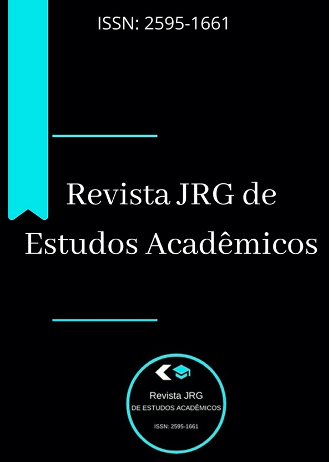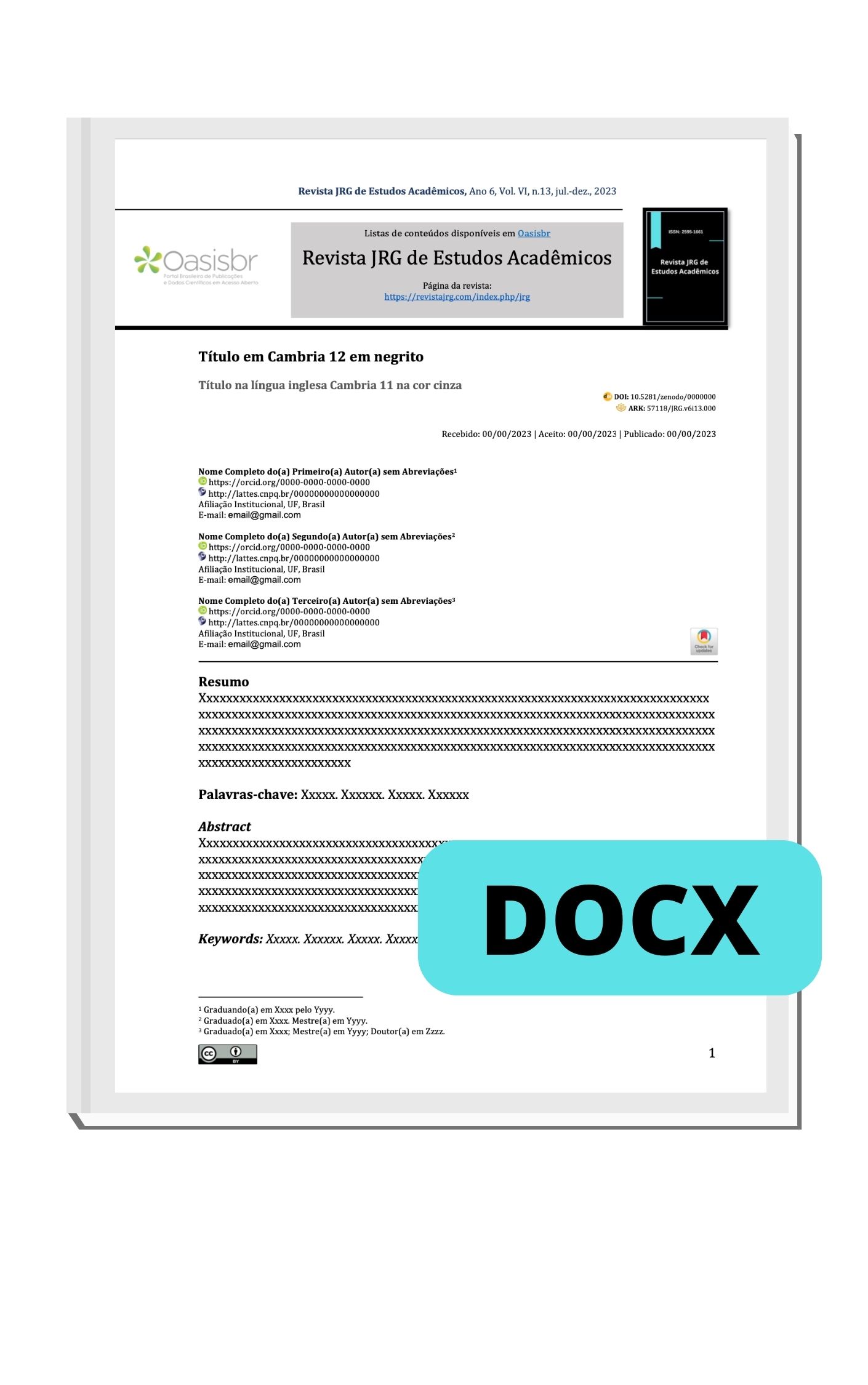STUDY OF MEDICINAL INTERACTION IN POTENTIAL INVOLVING ANTIMICROBIALS
Keywords:
Drug Interactions. Antimicrobials. Adverse ReactionsAbstract
Among the main causes of adverse events that can be avoided are drug interactions, corresponding to a percentage of 20 to 30%, being still relevant in the clinic representing 80% of the cases, mostly reaching the elderly population. These interactions occur when one drug alters the action of the other, thus modifying both the pharmacokinetics of the former and the mechanism of action of the latter. The objective of the study was to analyze the antibiotics most used by the population, to describe the main drug interactions with antimicrobials and the risks that these interactions can bring to the quality of life. The study was conducted from April to September of the year 2018, using the following databases: SciELO - Scientific Electronic Library Online, PubMed and LILACS - Latin American and Caribbean Literature in Health Sciences. The descriptors: "adverse effects", "drug interactions" and "antibiotics". The results demonstrated that Drugs such as theophylline that causes bronchodilation are indicated as bronchial asthma. The elevation of the blood concentrations of theophylline, and seen when it is integrated the tetracyclines. The use of erythromycin together with an oral dose of theophylline provides an increase in the half-life of excretion and reduces the renal clearance of theophylline, increasing levels of serum concentrations. The final considerations show that the interactions between the drugs can cause harm to the treatment, and can therefore be avoided for the most part. It is of the utmost importance that the health professional should have knowledge and attention. preparation for orientation of the patient. It is of fundamental participation of the pharmacist in the orientation of the correct administration of the drug.
Downloads
References
Guastaldi RBF, Secoli SR. Interações medicamentosas de antimicrobianos utilizados em transplante de células-tronco hematopoeticas. São Paulo. Volume 19, número 4. Pág.2-3. 2011
Neves C, Colet C. Perfil de uso de antimicrobianos e suas interações medicamentosas em uma UTI adulto do Rio Grande do Sul. Ijuí, RS, Brasil. Volume 5, número. 2: pág. 65-71. 2015
Leite JMS, Moura AKO, Alves LP, Rêgo RIA, Teixeira A. Interações medicamentosas relacionadas ao uso de antibióticos no setor de infectologia de um hospital universitário. Conbracis, 2017; 9-10.
Nobrega RC, Batista LM. Avaliação de interações medicamentosas potenciais envolvendo antimicrobianos em unidade de terapia intensiva de um hospital público de ensino de João Pessoa PB. João Pessoa- PB. volume 1, número1. página 7-8. 2013
Souza J M, Thomson J C. Um estudo farmacoepidemiológico de drogasinterações em um hospital universitário brasileiro. Número 61, volume 06. Pág. 515-20. 2006
Fariña LO, Poletto G. Interações entre antibióticos e nutrientes: uma revisão com enfoque na atenção á saúde. Curitiba. 2010; volume 11. Número 1. Página 1518-5192.
Estrela T S. Resistência antimicrobiana: enfoque multilateral e resposta brasileira. Saúde e Política Externa: os 20 anos da Assessoria de Assuntos Internacionais de Saúde (1998-2018). Rio de janeiro. 2018
Silva NMO, Carvalho RP, Bernardes ACA, et al. Avaliação de potenciais interações medicamentosas em prescrições de pacientes internadas, em hospital público universitário especializado em saúde da mulher, em Campinas-SP. Ver Ciênc Farm Básica Apl. Vol. 31. Página 2. 171-6.2010
Matos HJ, Acordi C, Dutra RL, Fritzen M. Estudo da interação medicamentosa entre anticoncepcionais e antibióticos em alunas do Centro Universitário Estácio de Sá de Santa Catarina. Rev Eletro Estácio Saúde SC. volume 3. Número1. 2014
Bergamaschi CC, Montan MF, Cogo K, Franco GCN, Groppo FC, Volpato MC et al. Interações medicamentosas: analgésicos, antiinflamatórios e antibióticos. Camaragibe. Volume 7 número. 2 página. 9-18. 2007











































